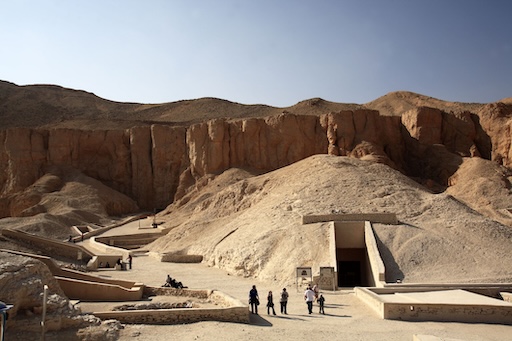
If tombs could talk, the Valley of the Kings would never stop whispering. Tucked into the arid cliffs west of the Nile in Luxor, this haunting necropolis has held the secrets of Egypt's most powerful pharaohs for over three thousand years. Here, in a sun-scorched landscape carved by time and devotion, lie the eternal homes of rulers who once believed they'd live forever.
A Burial Ground Fit for Gods
Unlike the pyramid burials of earlier dynasties, New Kingdom pharaohs sought more discreet final resting places. Between the 16th and 11th centuries BCE, they chose this hidden valley to carve their tombs deep into the Theban rock. No grand external monuments marked the site—just desolate hills masking elaborate passageways leading into the underworld.
So far, over 60 tombs have been discovered, each a different story in stone. Some are simple pits, others labyrinthine complexes lined with vivid art. But every one of them was meant to help its owner navigate the dangerous path to the afterlife.
King Tut and the Tomb That Shook the World
While many tombs in the valley had been looted long before modern archaeologists arrived, one find changed everything. In 1922, British archaeologist Howard Carter stumbled upon a sealed staircase. What he found at the bottom became the most famous archaeological discovery of all time: the intact tomb of Tutankhamun.
Golden shrines, jeweled daggers, and the iconic death mask stunned the world. But the boy king's tomb was modest compared to others—what set it apart was its untouched condition. And it came with curses, or so the rumors claimed. Several members of Carter's team died mysteriously in the years following the discovery. Coincidence, or ancient magic?
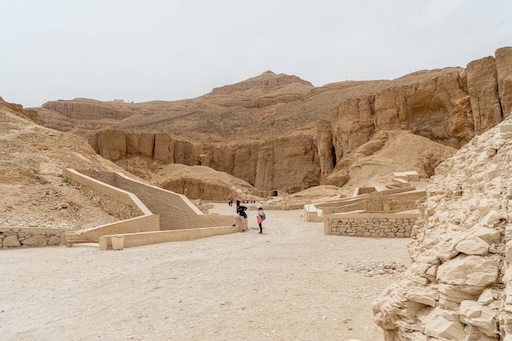
Not Just Pharaohs
Though the valley is famously associated with kings, it wasn't reserved exclusively for them. High priests, royal family members, and powerful nobles also secured their spots in this sacred landscape. The tombs reflect a hierarchy even in death—some opulent and colorful, others more restrained. But they all carried the same message: the journey to eternity was not to be taken lightly.
Art That Survives the Millennia
Step inside one of the open tombs today and you'll see why the Valley is more than just a graveyard. Walls come alive with depictions of gods, demons, and mythic trials. Texts from the Book of the Dead or the Amduat stretch across corridors, detailing spells and guidance for the pharaoh's soul.
Colors remain startlingly vibrant—blues and reds that have survived over three millennia with barely a touch-up. In places, you can almost hear the chants of priests echoing through the chambers.
Technology Meets Antiquity
In recent decades, modern tools have brought new life to the valley's legacy. Infrared scans and 3D mapping have revealed hidden chambers and unexcavated tombs. Even now, archaeologists believe there are more secrets buried beneath the dust.
One high-tech success story? The discovery of KV63 in 2005—a cache of embalming materials that may have belonged to Tutankhamun's family. It was the first tomb discovered in the valley since King Tut's in 1922.
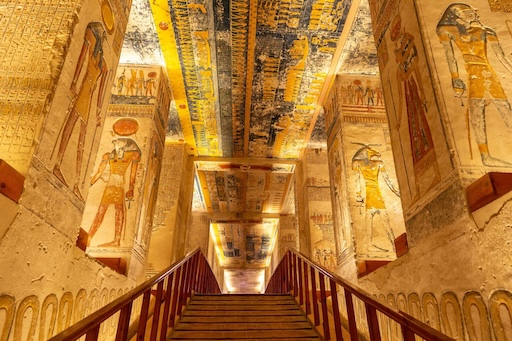
Practical Tips for Travelers
- Best Time to Visit: October to April, to avoid scorching heat.
- What to See: Don’t miss the tombs of Ramses VI (KV9) and Seti I (KV17) for awe-inspiring detail.
- Tutankhamun's Tomb: Entry requires a separate ticket, but it’s worth it just to see the boy king in person (yes, his actual mummy is inside).
- Tickets & Guides: Get the Luxor Pass for better access, and hire a guide—the stories they tell make the stone walls come alive.
Still Echoing Through Time
Standing in the Valley of the Kings, it's impossible not to feel something deep and ancient stir inside. The silence isn’t empty—it’s filled with memory. Here, surrounded by earth and eternity, the past feels hauntingly present.
Were these just tombs? Or were they spiritual launchpads, built to pierce the veil between this world and the next?
Maybe that’s why we keep coming back—not just to see what they left behind, but to feel what they reached for: immortality.
Share this story and inspire others.
Tags: Valley of the Kings, Luxor, Egypt, ancient ruins, cultural tourism, tomb of Tutankhamun, Egyptian pharaohs, New Kingdom, archaeology Egypt, royal tombs, ancient Egypt, Howard Carter, hieroglyphs, Egyptian mythology, necropolis, hidden tombs, historical travel, KV62, Book of the Dead, Seti I, Ramses VI
 Dendera Temple Complex: Where Stars, Myths, and Stone Align
Dendera Temple Complex: Where Stars, Myths, and Stone Align
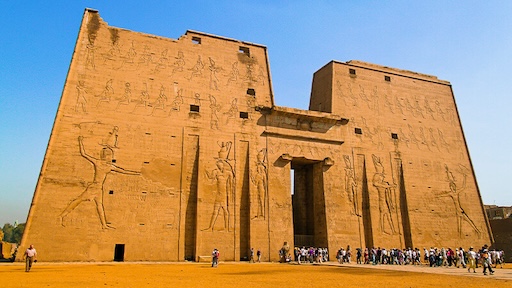 Temple of Edfu – Where Horus Stands Tall
Temple of Edfu – Where Horus Stands Tall
 Abu Simbel Temples: Monuments That Moved Mountains
Abu Simbel Temples: Monuments That Moved Mountains
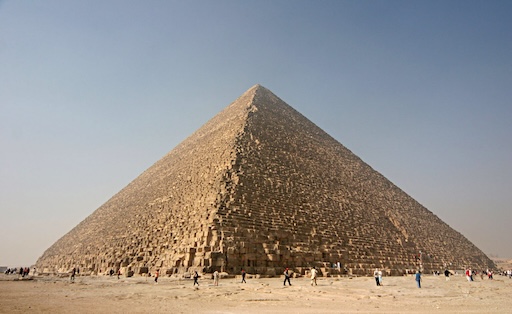 The Great Pyramids of Giza: Alien Relics or Eternal Engineering?
The Great Pyramids of Giza: Alien Relics or Eternal Engineering?
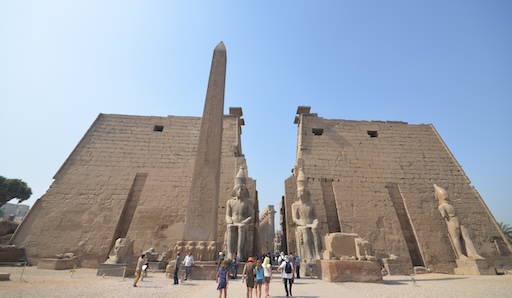 Luxor Temple: A Stage for Gods and Kings
Luxor Temple: A Stage for Gods and Kings
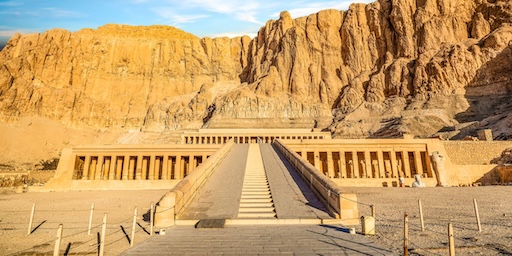 Temple of Hatshepsut: Egypt’s Queen of Stone
Temple of Hatshepsut: Egypt’s Queen of Stone